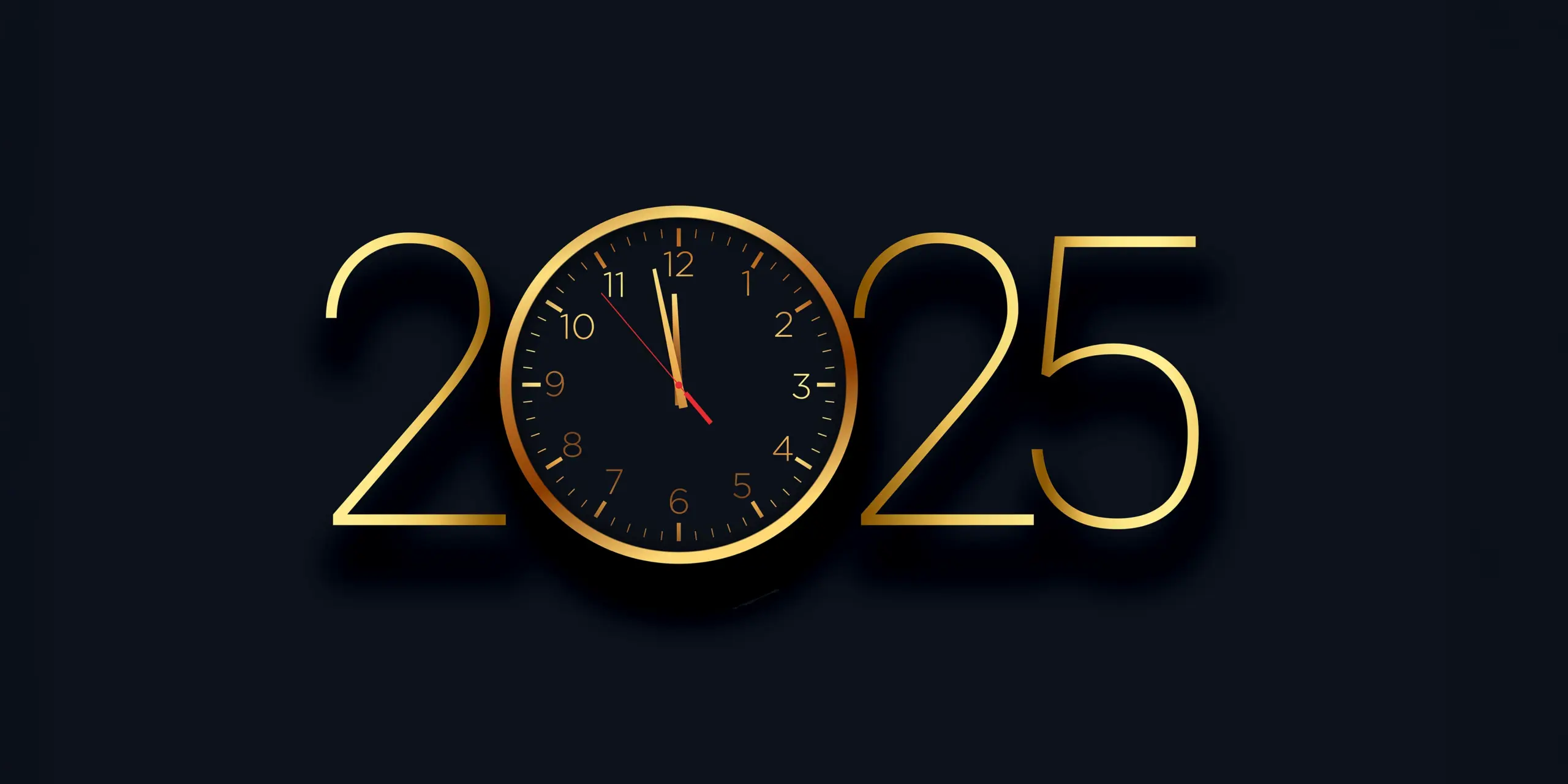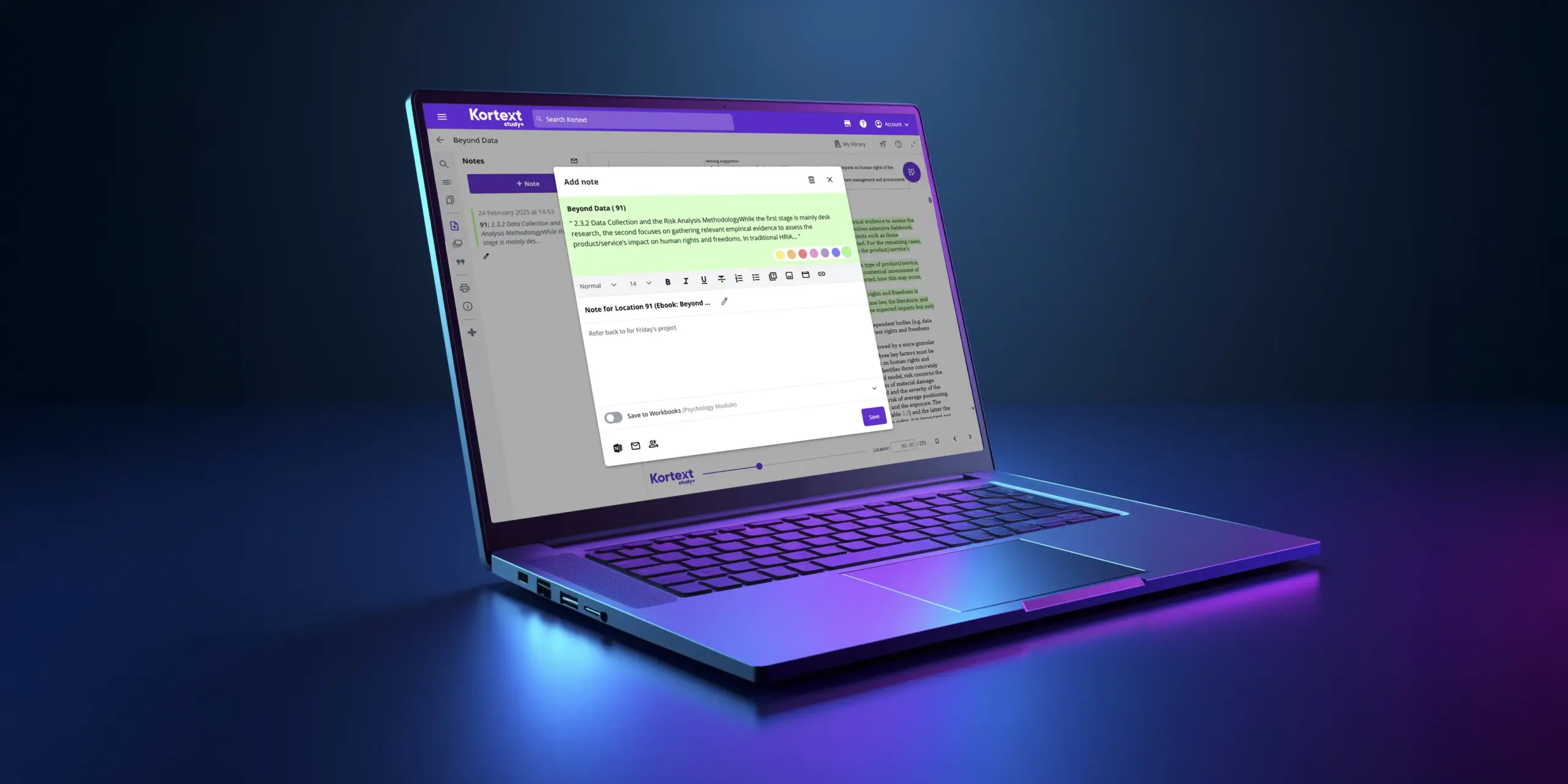UCAS have released their End of Cycle data which reiterates the points we made in October regarding the increased interest in the UK’s higher education offering, as well as highlighting some other pleasant surprises.
The data, released on January 27th, revealed that there was a five per cent increase in university applicants compared to 12 months prior, with an additional one per cent of applicants being accepted compared to 2020.
This increase quells the original thought that the surge in applicants and acceptances for the 20/21 academic year during the pandemic was an anomaly due to grade inflation. In 2020, A-Levels were awarded based on school data as opposed to externally marked exams, which saw the number of students achieving top grades rise significantly.
Also on the rise is the number of students from a disadvantaged background, with the latest data showing that they are 61% more likely to enter university than they were ten years ago.
Whilst it is positive to see such a strong and varied number of university applicants, there is one very important question that must be asked. As there are more students studying than ever, are there enough resources available at your university to ensure fair access for all students?
If you’re unable to say yes straight away, then the answer is probably not.
It can be argued that the student data from the National Student Survey published in 2021 is a stark warning to higher education institutions as it showed a decline in satisfaction with their overall student experience and access to learning resources.
Institutions with low NSS scores appear to have higher levels of attrition, which does not reflect positively on them in the eyes of the education secretary.
So, what can you do to reduce the drop-out rate at your university?
Removing barriers to learning materials is a good place to start. With the emergence of more blended learning models, students are demanding fairer and easier access to their essential reading and, whilst there is a paper shortage, there’s no short supply of eTextbooks, especially at Kortext.
Working with over 4,500 publishers including Pearson, McGraw Hill, Wiley and Oxford University Press, we supply over 2 million digital books to students in 100 countries around the world, enabling students to study anytime, anywhere.
This means institutions can provide individual copies and concurrent usage copies to students, ensuring that there’s a study resource available for those who need it most.
With universities pledging to do more for disadvantaged students, providing equitable access has never been more important, as these students are more likely to drop out. It has been predicted that students spend the equivalent of £60 per month on course materials, which is not affordable for all students.
Alongside the cost of learning comes the convenience. With the modern landscape of higher education continually changing, there’s a great number of mature students, with 67,000 mature students being accepted onto their chosen courses in 2021 alone.
It’s understood that mature students tend to have different commitments compared to their younger classmates and giving them access to their textbooks digitally will allow them to study when it’s most convenient to them and their lifestyles.
Kortext takes pride in being the UK’s #1 student learning content and engagement platform, and by using Kortext you’ll be ensuring your university can deliver fair and easy access to eTextbooks, academic content and smart study tools that allow your students to thrive.
With an enhanced teaching and learning experience that promotes discovery of knowledge, collaboration and accessibility, you can trust the Kortext platform to make a difference within your university.
Ready to provide for your students?






